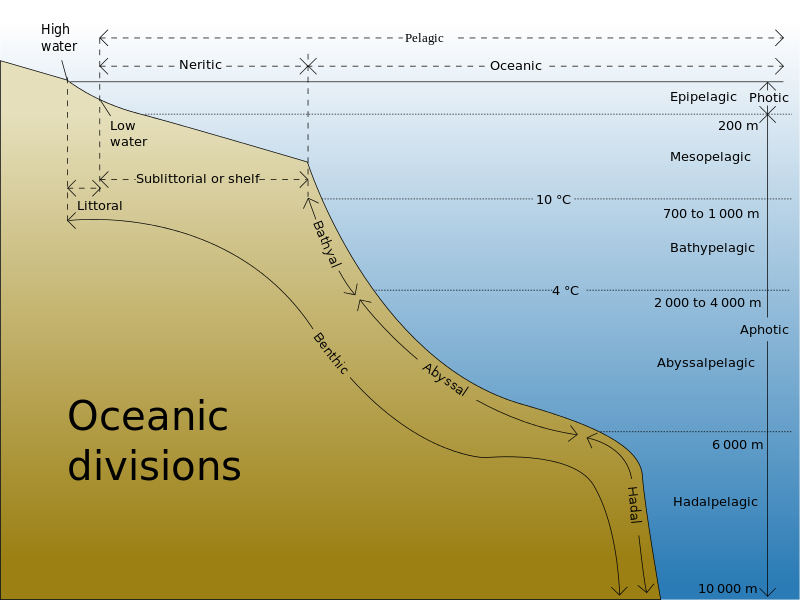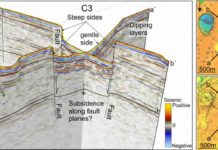
Large amounts of methane – whether as free gas or as solid gas hydrates – can be found in the sea floor along the ocean shores. When the hydrates dissolve or when the gas finds pathways in the sea floor to ascend, the methane can be released into the water and rise to the surface. Once emitted into the atmosphere, it acts as a very potent greenhouse gas twenty times stronger than carbon dioxide. Fortunately, marine bacteria exist that consume part of the methane before it reaches the water surface. Geomicrobiologists and oceanographers from Switzerland, Germany, Great Britain and the U.S. were able to show in an interdisciplinary study that ocean currents can have a strong impact on this bacterial methane removal. Nature Geoscience has published the study today.
The data was collected during an expedition in the summer of 2012 aboard the research vessel MARIA S. MERIAN. At that time, the international research team was studying the methane seeps off the west coast of the Norwegian Svalbard archipelago. “Already then, we were able to see that the level of activity of the methane consuming bacteria changed drastically over very short time spans, while at the same time many oceanographic parameters such as water temperature and salinity also changed”, explains Lea Steinle, first-author of the study and PhD student at the University of Basel and the GEOMAR Helmholtz Centre for Ocean Research Kiel. For her PhD thesis, Steinle studies where and how much methane is consumed in the ocean water column by bacteria.
In order to test if the fluctuations measured during the four weeks of the expedition were only random observations or based on typical and recurring processes, oceanographers of the GEOMAR later took a closer look at the region with a high resolution ocean model. “We were able to see that the observed fluctuations of the oceanographic data and the activity level of the bacteria can be traced back to recurring shifts in the West Spitsbergen Current”, says Prof. Dr. Arne Biastoch from the GEOMAR. The West Spitsbergen Current is a relatively warm, salty current that carries water from the Norwegian Sea to the Arctic Ocean. “It mostly runs very close to the coast. Shifts in the current strength are responsible for the meandering of the current. Then, in a matter of a few days, the current moves miles away from the coast”, explains Professor Biastoch further.
If the current runs directly over the methane seeps near the coast or continues on the open sea, impacts the methane filtration. “We were able to show that strength and variability of ocean currents control the prevalence of methanotrophic bacteria”, says Lea Steinle, “therefore, large bacteria populations cannot develop in a strong current, which consequently leads to less methane consumption.”
In order to verify if these results are only valid for Spitsbergen or are of global importance, the researchers studied in a second, global ocean model how ocean currents are varying in other regions of the world with methane seeps. “We saw that strong and fluctuating currents are often found above methane seeps”, says Dr. Helge Niemann, biogeochemist at the University of Basel and one of the initiator of the study. His colleague Prof. Dr. Tina Treude, geomicrobiologist at the University of California Los Angeles adds: “This clearly shows that one-time or short-term measurements often only give us a snapshot of the whole situation.” In the future, fluctuations of bacterial methane consumption caused by oceanographic parameters will have to be considered, both during field measurements as well as models.
Reference:
Water column methanotrophy controlled by a rapid oceanographic switch, Nature Geoscience, DOI: 10.1038/ngeo2420
Note : The above story is based on materials provided by Helmholtz Association of German Research Centres.










